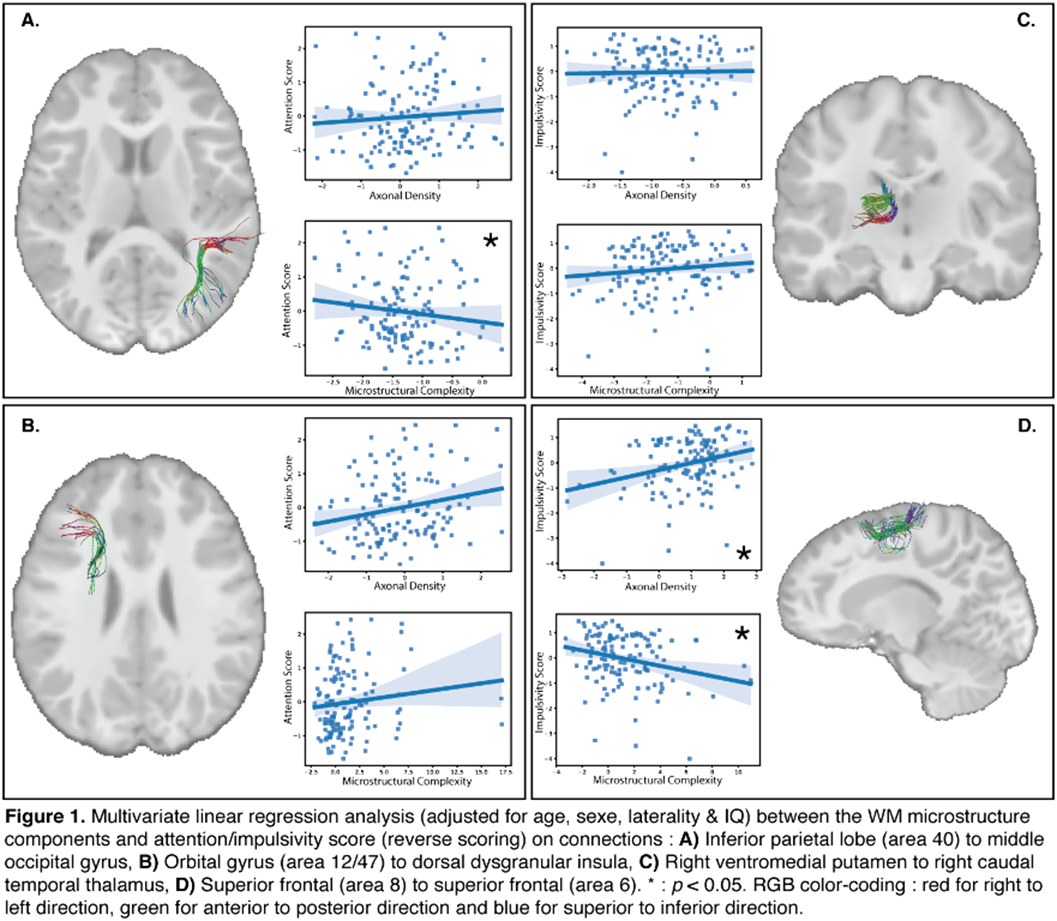2 results
White matter microstructure associated with the range of attentional and impulsive performance in school-aged children
-
- Journal:
- European Psychiatry / Volume 65 / Issue S1 / June 2022
- Published online by Cambridge University Press:
- 01 September 2022, p. S83
-
- Article
-
- You have access
- Open access
- Export citation
5a - Sex Differences on the Brain
- from Section 1 - The Underpinnings of Sex and Gender and How to Study Them
-
-
- Book:
- The Cambridge Handbook of the International Psychology of Women
- Published online:
- 20 July 2020
- Print publication:
- 06 August 2020, pp 52-62
-
- Chapter
- Export citation


